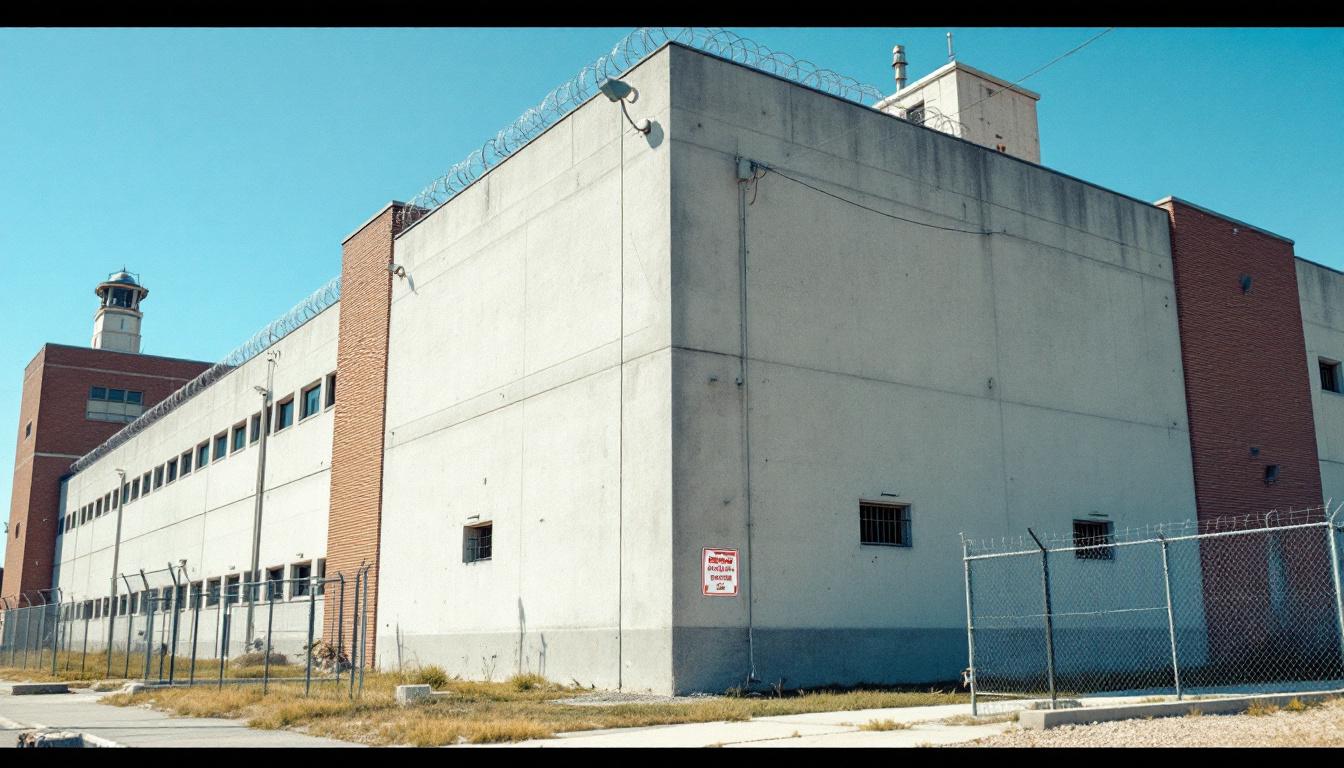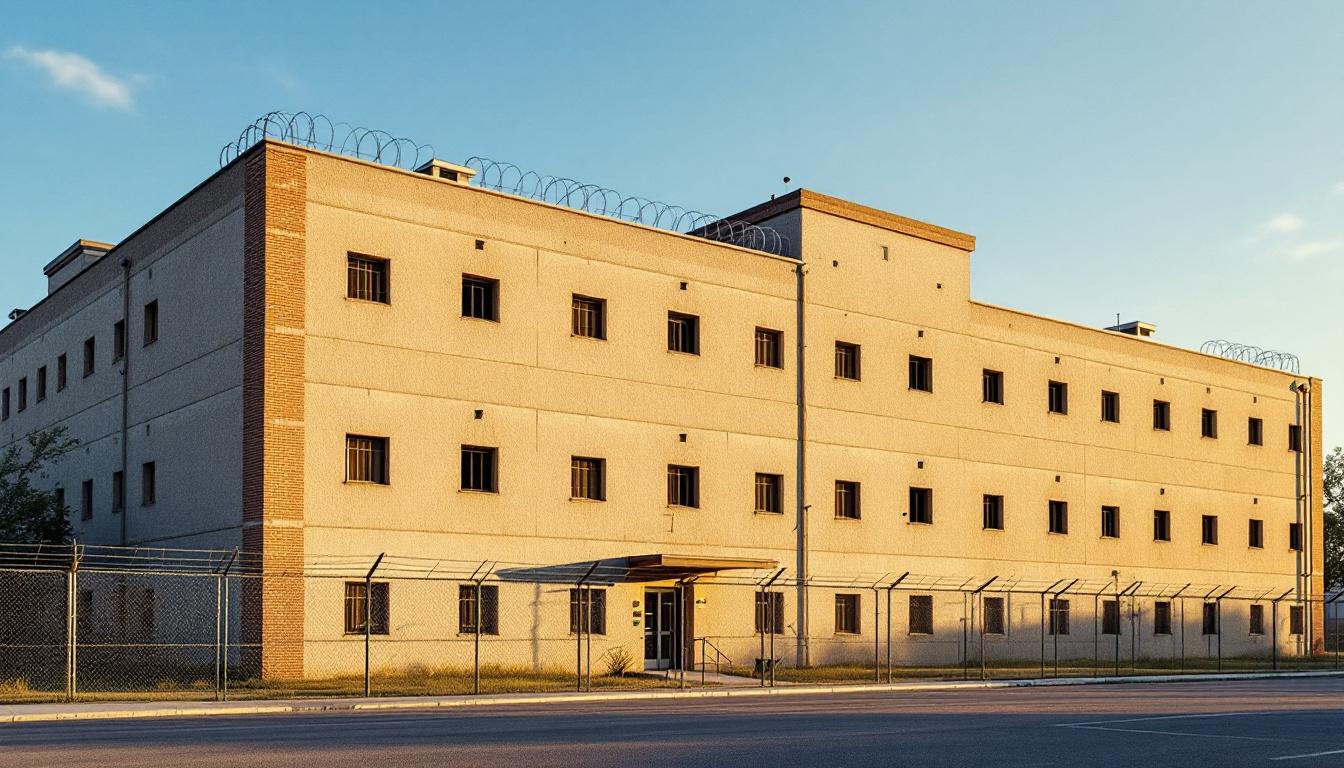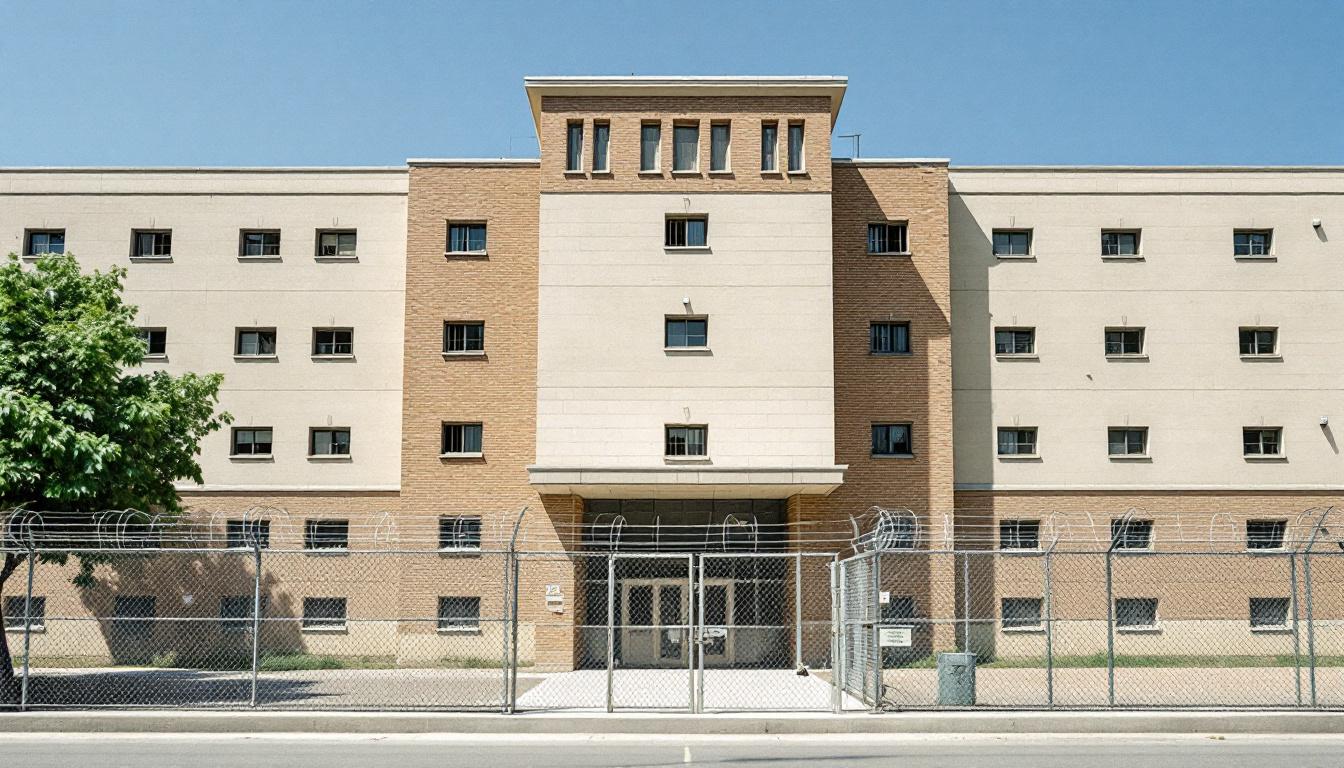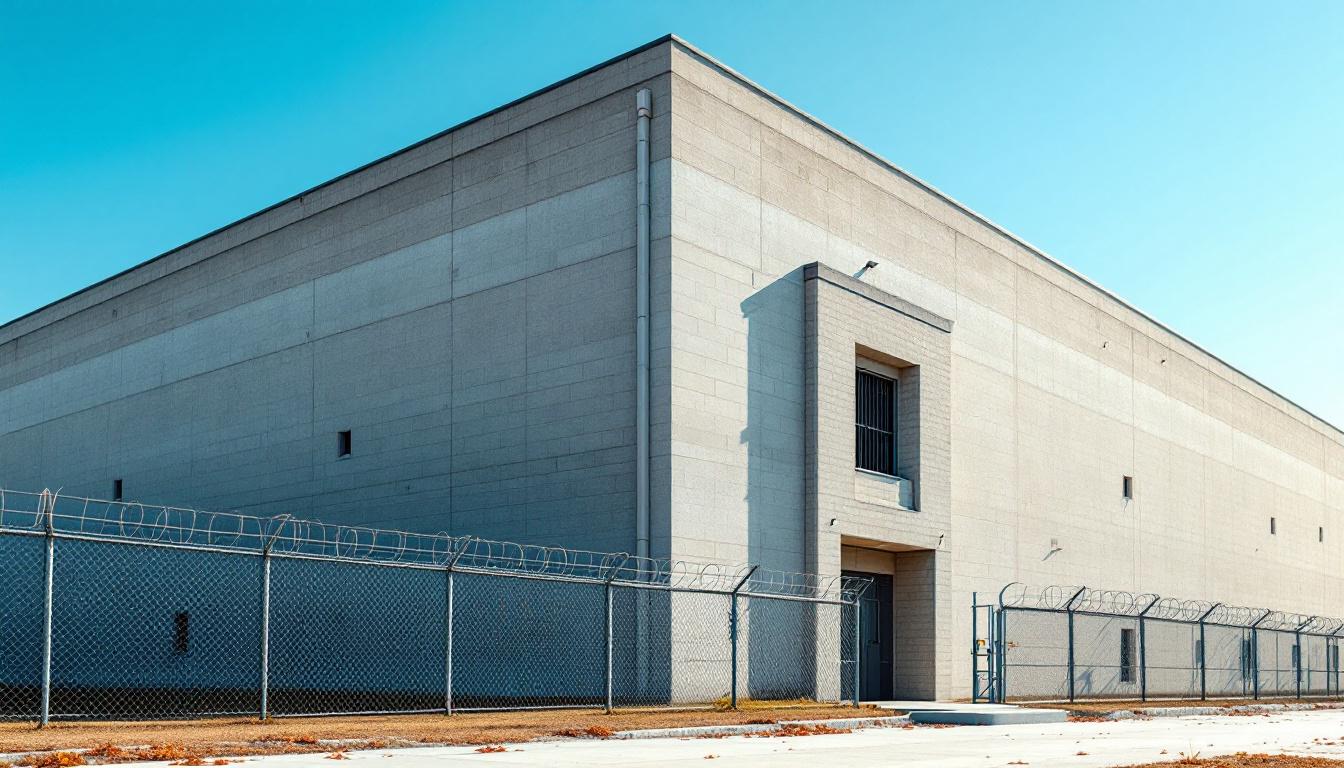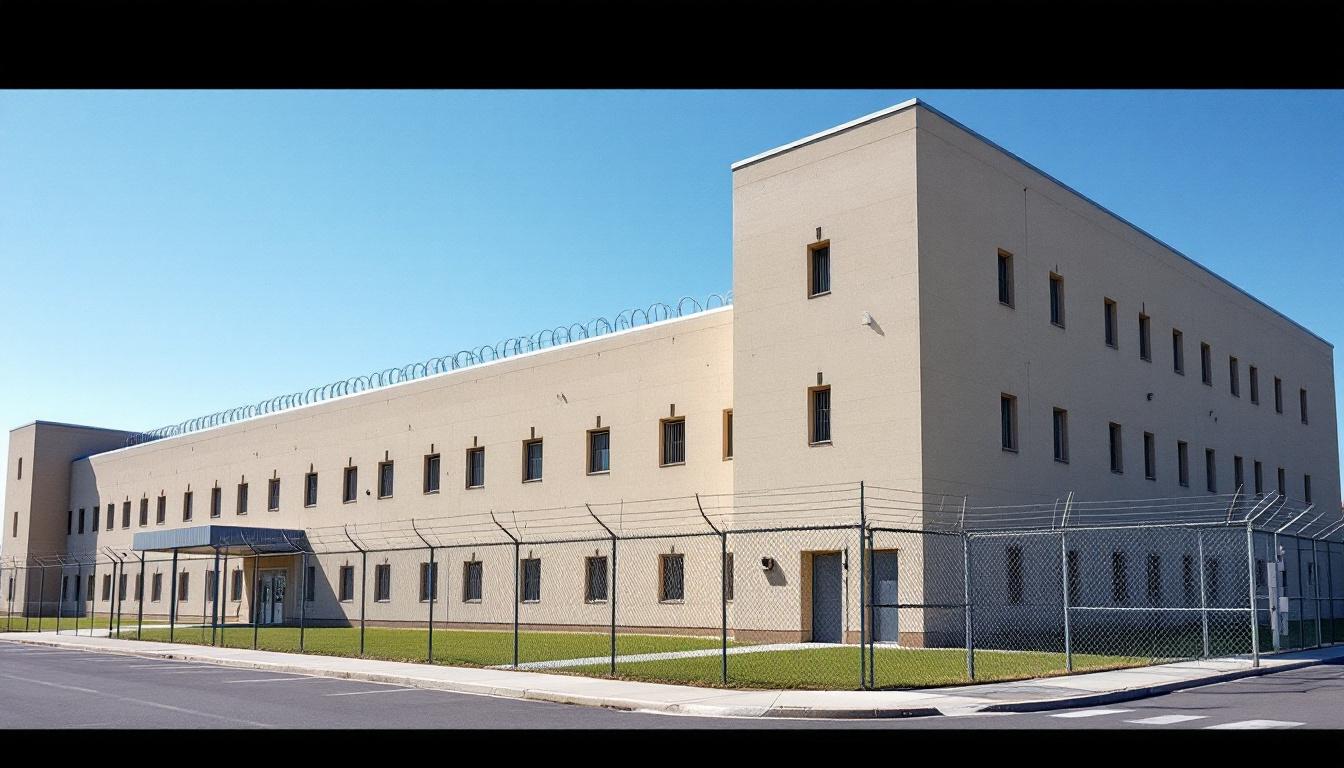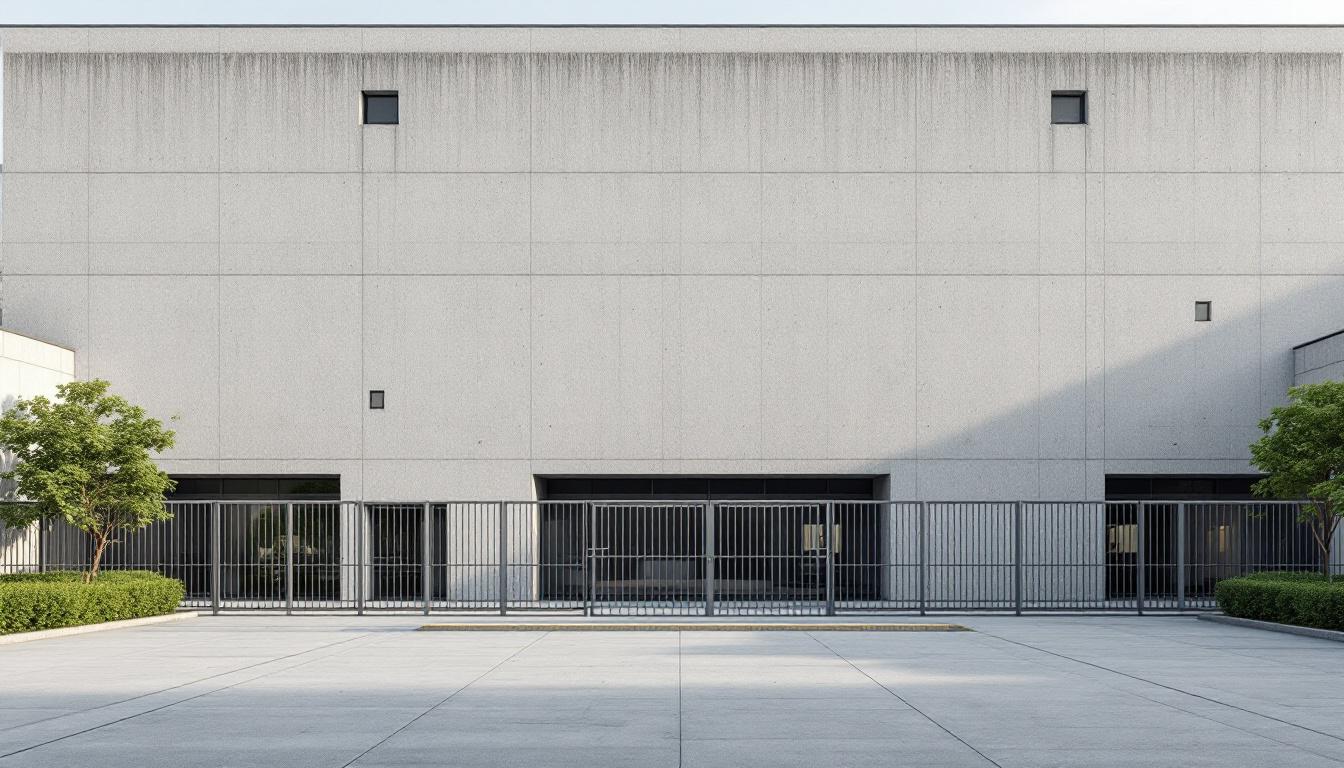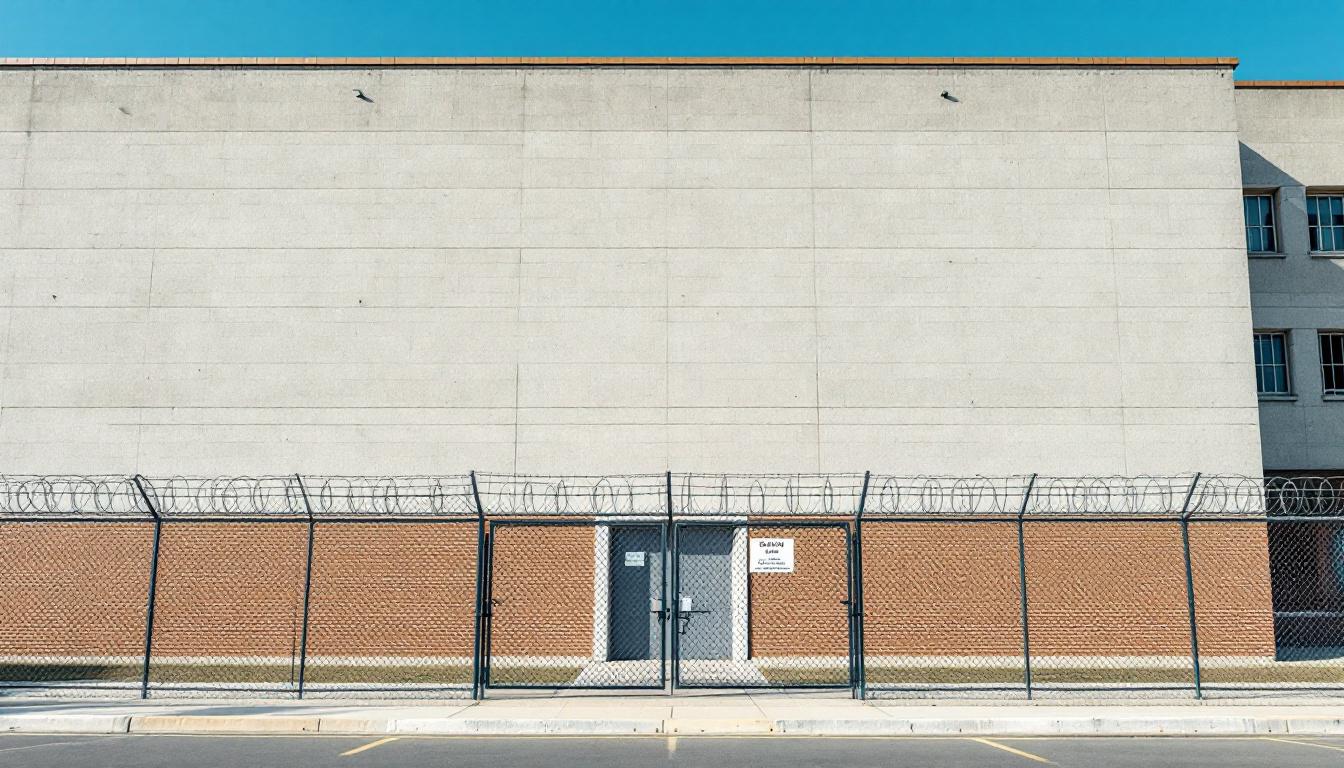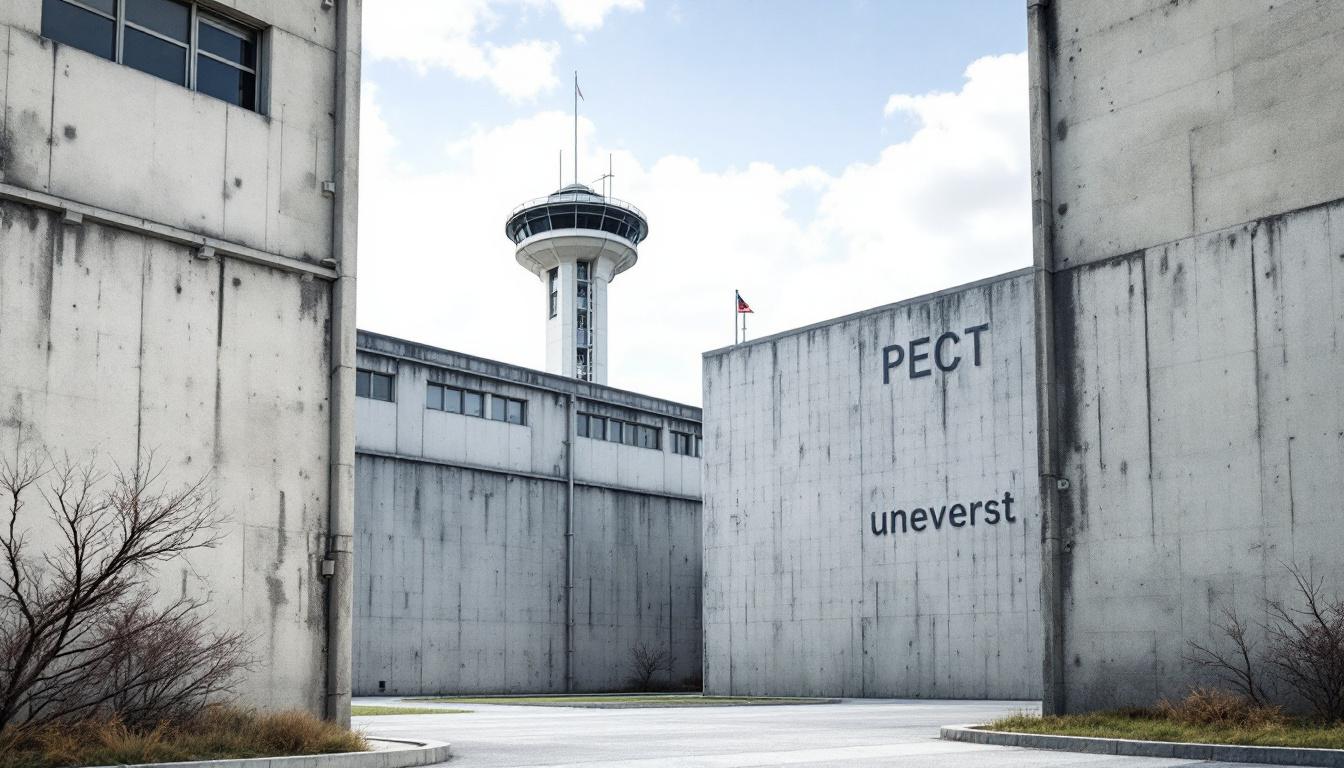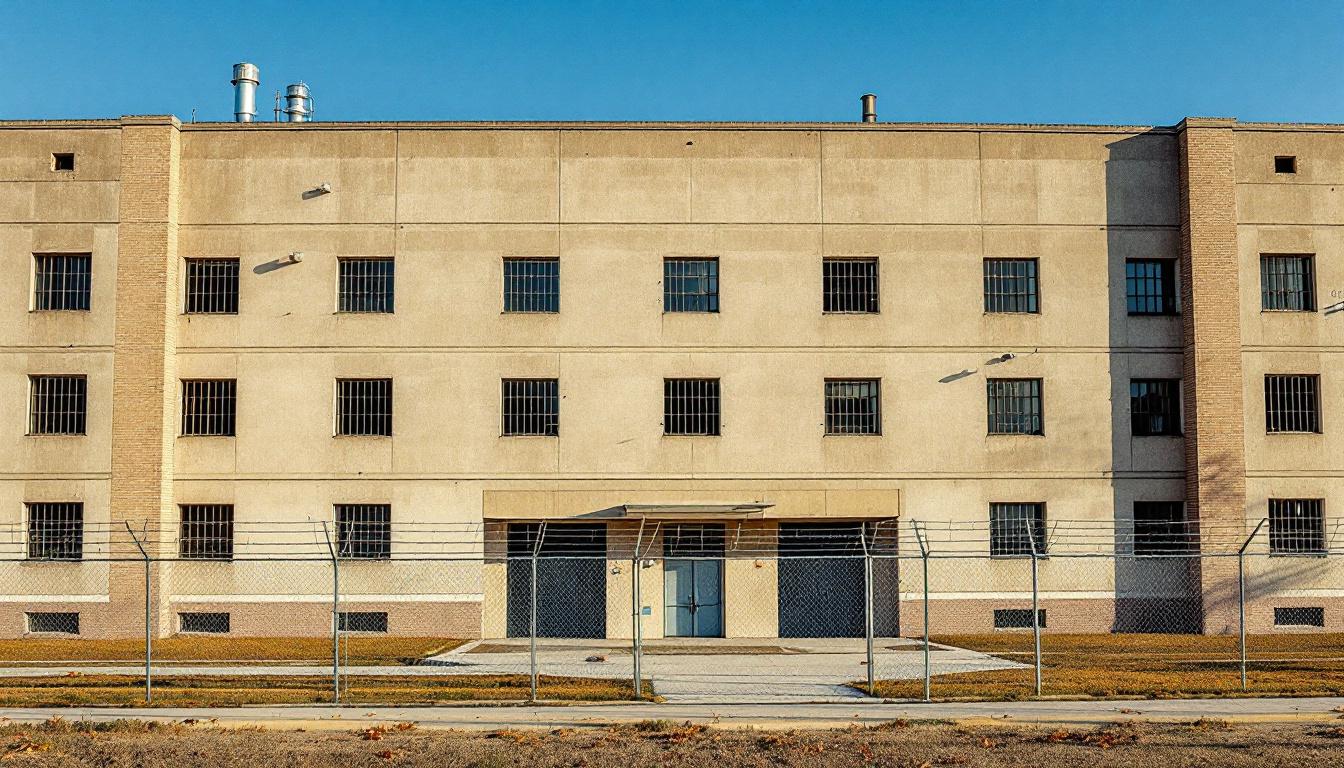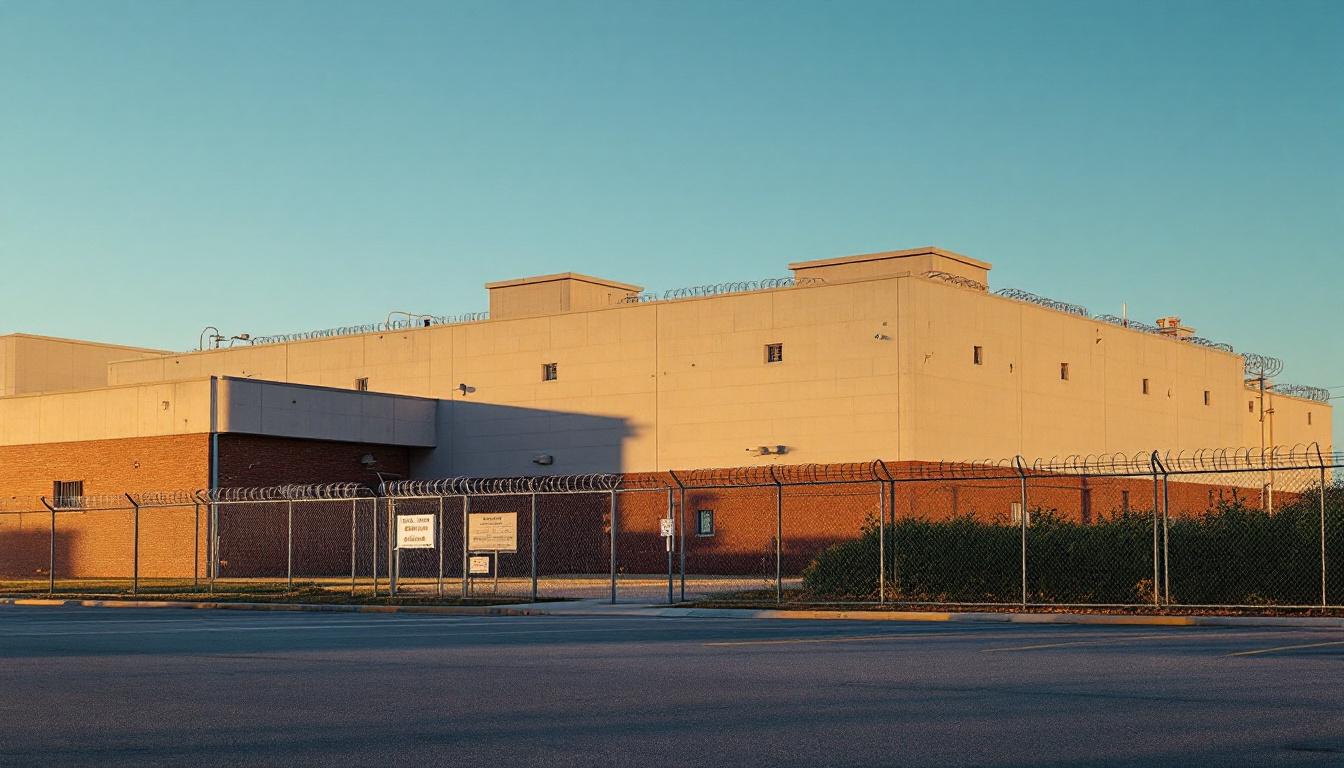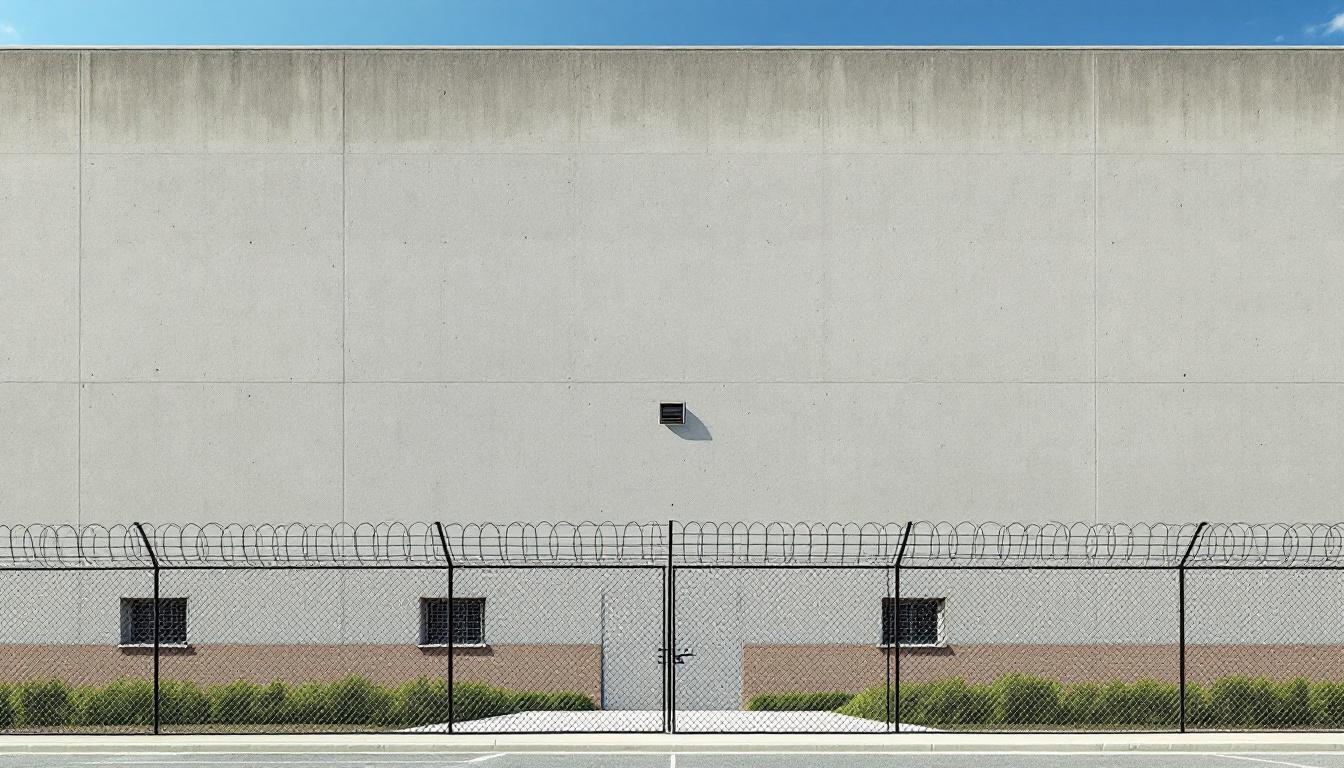
Quick Navigation
How to contact an inmate at Baraga Maximum Correctional
This comprehensive guide will walk you through how to connect with an inmate at Baraga Maximum Correctional. Follow the steps below to find an inmate and send letters and photos:
- Search for the inmate using our search tool below
- Create your account or log in to Penmate
- Write your message (up to 6,000 characters)
- Send instantly - inmates receive printed copies daily
Find an Inmate
Search for an inmate to start communicating today
Tip: You can search by first name, last name, or inmate ID number
To contact a person at Baraga Maximum Correctional start by searching for the person on the official facility website. Perform a search by following these steps:
- Step 1: Enter their first name and last name into the search form and click "Search"
- Step 2: Locate their inmate record
- Step 3: Write down their Inmate ID and any housing information provided
Important! Be sure to enter the person's full name. Nicknames should not be used.
How to Send Messages to Inmates

You can use your phone or computer to send emails, letters, and photos to an inmate. Messages are sent electronically to inmate tablets or kiosks at the facility. If you would like to send a message, start by searching for an inmate at Baraga Maximum Correctional.
Sending Photos and Postcards

A great way to send love and support to a loved one at Baraga Maximum Correctional is to send photos and postcards. It only takes a few minutes to send photos from your phone and it makes a huge difference. You can also mail postcards with words of support and inspiration, or design your own postcard for special moments like birthdays and holidays.
Important! Be sure not to send any explicit photos or they may not be approved by the facility. You can also use a photo printing app like Penmate to make sure your photos are printed at the correct size (4x6 or 3x5) and are mailed according to the rules and regulations of Baraga Maximum Correctional.
Frequently asked questions about Baraga Maximum Correctional
-
How long does it take to deliver a message?
If you're sending an email message your letter is usually delivered within 24-48 hours. For messages sent via mail you should expect delivery within 3-7 days. All messages will need be approved by Baraga Maximum Correctional.
-
How much does it cost to send a message to Baraga Maximum Correctional?
You can send a message free using your phone or mail a message via USPS for the price of a $0.60 stamp and envelope. You can also purchase credits or e-stamps from services starting at $1.99.
-
What services can I use to contact an inmate at Baraga Maximum Correctional?
Penmate
You can use Penmate to send letters and photos to an inmate from your phone. It's an easy way to stay in touch during your loved one's incarceration. Use the inmate locator to find an inmate's location and contact information, then you can send messages within a few minutes.
Securus messaging
Securus may be another option for communicating with an inmate at Baraga Maximum Correctional. You can create a friends and family account and purchase credits to send messages. All messages will be reviewed and must be approved by the facility.
JPay
Some county jails and state prisons may support sending messages with JPay. You must register an account with the system, find your loved one, and purchase stamps to send messages. For some locations you can also attach photos.
Smart Jail Mail
You may also check if Smart Jail Mail is available at Baraga Maximum Correctional. Smart Jail Mail is operated by Smart Communications and has contracted with some state and county jails. After purchasing credits, your messages and photos are sent to the facility, printed out, and then handed out to your loved one.
-
What is the mailing address of Baraga Maximum Correctional?
Mailing address:
Baraga Maximum Correctional
13924 Wadaga Rd
Baraga, MI 49908
Phone: (906) 275-5100 -
What are the visiting hours at Baraga Maximum Correctional?
Visiting hours at Baraga Maximum Correctional vary by housing unit and security level. Generally, visits are scheduled on weekends and holidays, with some facilities offering weekday visits. Contact the facility directly at (906) 275-5100 or check their website for the current visiting schedule. Visits typically last 30-60 minutes and must be scheduled in advance.
-
What items are prohibited when sending mail to Baraga Maximum Correctional?
Prohibited items typically include: cash, personal checks, stamps, stickers, glitter, glue, tape, staples, paperclips, polaroid photos, musical or blank greeting cards, hardcover books, magazines with staples, and any items containing metal or electronics. Only send letters on plain white paper with blue or black ink. Photos must be printed on regular photo paper (no Polaroids). Always check with Baraga Maximum Correctional for their specific mail policies.
-
How do I send money to an inmate at Baraga Maximum Correctional?
You can send money to an inmate at Baraga Maximum Correctional through several methods: 1) Online using JPay, Access Corrections, or the facility's approved vendor, 2) Money orders mailed directly to the facility with the inmate's name and ID number, 3) Kiosks located in the facility lobby, or 4) Over the phone using a credit or debit card. Fees vary by method, typically ranging from $2.95 to $11.95 per transaction.
-
Can I schedule a video visit with an inmate at Baraga Maximum Correctional?
Many facilities now offer video visitation as an alternative to in-person visits. At Baraga Maximum Correctional, video visits may be available through services like Penmate, Securus Video Connect, GTL, or ICSolutions. Video visits typically cost $10-20 for 20-30 minutes and must be scheduled in advance. You'll need a computer or smartphone with a camera and reliable internet connection. Contact the facility for their specific video visitation policies and approved vendors.
-
What identification do I need to visit an inmate at Baraga Maximum Correctional?
All visitors must present valid government-issued photo identification such as a driver's license, state ID, passport, or military ID. Minors must be accompanied by a parent or legal guardian who can provide the minor's birth certificate. Some facilities require visitors to be on the inmate's approved visitation list, which may require a background check. Contact Baraga Maximum Correctional for specific ID requirements and visitor approval procedures.
-
How can I find out an inmate's release date?
To find an inmate's release date at Baraga Maximum Correctional, you can: 1) Use the online inmate search tool if available, 2) Call the facility's records department, 3) Contact the inmate's case manager or counselor, or 4) Have the inmate provide this information during a call or visit. For privacy reasons, some facilities only release this information to immediate family members.
Facility Overview
Contact Information
Baraga Maximum Correctional13924 Wadaga Rd
Baraga, MI 49908
Phone: (906) 275-5100
Official Website
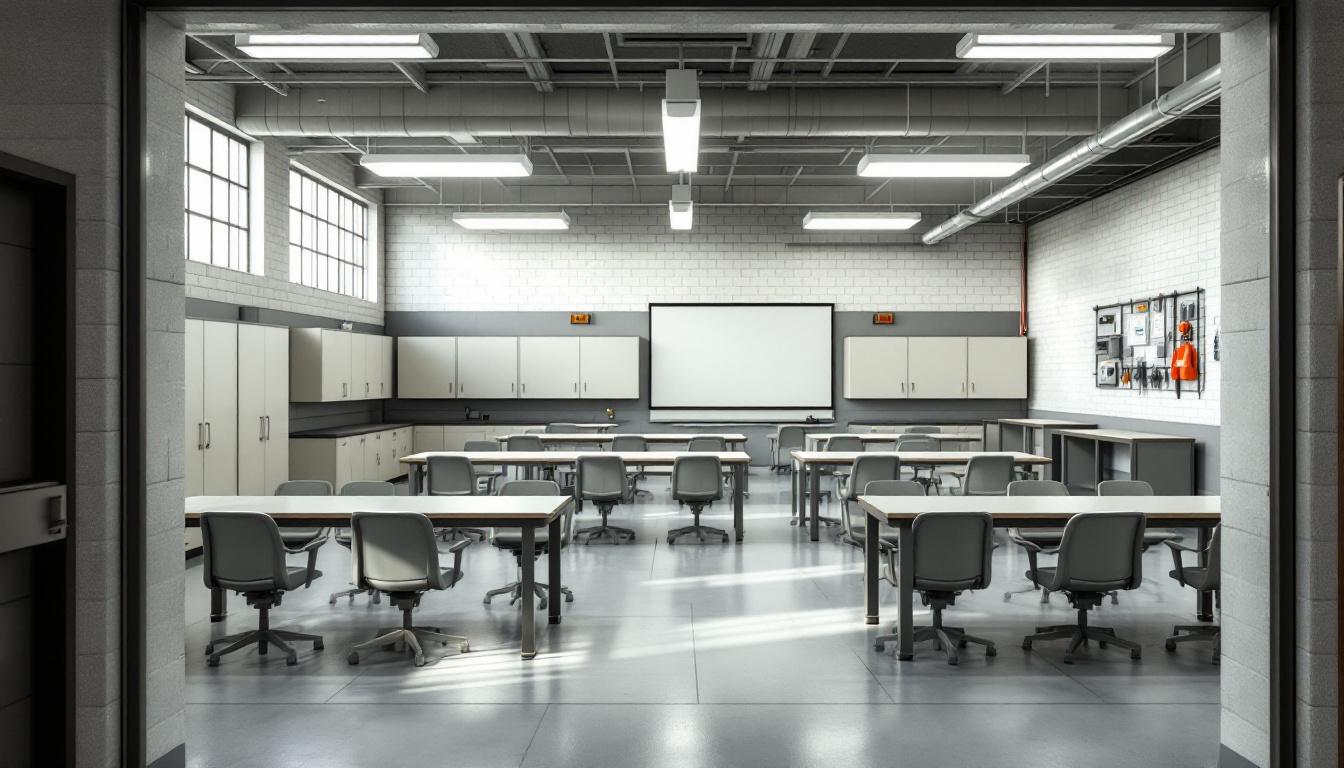
About Baraga Maximum Correctional
Serving the Upper Peninsula’s correctional needs while maintaining strong community connections, the operational framework at Baraga Correctional Facility reflects Michigan’s broader commitment to balanced incarceration and rehabilitation processes. Located in Baraga County, this MI correctional facility operates within the state’s comprehensive correctional system, typically focusing on medium-security housing and structured programming that addresses both public safety requirements and inmate development needs.
The facility’s approach to inmates services generally encompasses educational opportunities, vocational training programs, and behavioral intervention initiatives designed to support successful community reintegration. Through systematic implementation of evidence-based practices, staff typically work to create structured environments where individuals can develop essential life skills while serving their sentences. The correctional facility may offer substance abuse counseling, mental health support, and work programs that align with regional employment opportunities, reflecting the comprehensive economic landscape of Michigan’s Upper Peninsula region.
Baraga Correctional Facility’s integration with state correctional goals emphasizes the gradual transition process from incarceration to community supervision, often incorporating pre-release planning and coordination with local support services. The facility typically maintains connections with regional organizations and agencies to facilitate continuity of care, while its location in Baraga provides access to the natural resources and community partnerships that may enhance rehabilitation programming and support long-term success outcomes for those preparing to return to their communities.
Programs & Services
Personal transformation through structured learning and skill development forms the cornerstone of rehabilitative services at Baraga Correctional Facility. Rather than merely addressing immediate needs, the facility’s comprehensive approach emphasizes building foundational competencies that enable inmates to envision and work toward meaningful futures beyond incarceration. This philosophy recognizes that sustainable reintegration requires both practical skills and the psychological framework necessary for personal growth, creating an environment where inmates may develop the tools essential for successful community reentry.
Educational and vocational services typically encompass a broad spectrum of learning opportunities designed to address varying skill levels and career aspirations. GED preparation services often provide inmates with the academic foundation necessary for further education or employment, while education programs may extend beyond basic literacy to include more advanced coursework. Vocational education services frequently focus on trades and technical skills that align with current labor market demands, offering inmates the opportunity to develop marketable competencies. These educational initiatives often emphasize hands-on learning experiences that build both technical proficiency and workplace readiness skills.
In addition to these academic offerings, support services may include specialized initiatives such as prisoner reentry programs that help inmates navigate the complex transition back to community life. Practical work opportunities, including recycling programs and electrical work assignments, often serve dual purposes by maintaining facility operations while providing inmates with valuable experience in structured work environments. These support services typically complement the educational components by offering real-world application of learned skills and fostering the development of work habits and professional behaviors essential for successful reintegration into society.
Daily Life & Visitation

The structured environment of housing units at Baraga Correctional Facility shapes every aspect of an inmate’s waking hours, with dormitory-style accommodations and individual cells creating the backdrop for a highly regimented daily existence. Today’s routine typically begins with early morning counts and continues consistently through scheduled meals, work assignments, and evening lockdown procedures. Inmates generally adapt to this predictable structure by developing personal routines within the facility’s framework, finding ways to maintain dignity and purpose despite the constraints of institutional living.
Living accommodations usually consist of shared cells or dormitory settings where inmates store their limited personal belongings and navigate the challenges of close-quarters living with other residents. The dining hall serves meals at designated times, providing opportunities for social interaction while inmates adapt to institutional food service and learn to appreciate the routine of communal dining. In addition to this structured meal schedule, commissary privileges typically allow inmates to supplement their diet and purchase personal care items, helping them maintain some sense of personal choice within the controlled environment.
Despite this restrictive setting, recreational opportunities often include access to exercise yards, gymnasium facilities, and indoor recreation areas where inmates can participate in sports, games, or fitness activities that provide both physical outlet and social connection. Programming schedules generally encompass educational classes, vocational training, and counseling sessions that help inmates develop skills and address personal challenges during their incarceration. Family connections remain vital through visitation policies that typically allow scheduled visits with approved family members and friends, while telephone access and correspondence privileges provide additional means for inmates to maintain relationships with their support systems outside the facility walls.
Ready to Connect?
Start communicating with your loved one today
Search for an Inmate
